Description
A graphical representation in the form of a schematic of a circuit that is capable of performing an AND operation. The other terminal, which is also an important subject of interest, is not included in the diagram. The second terminal on the output is linked to ground, and both the signal that is made and the signal that is produced itself are digital. Both of these signals are produced by the output. Access to the digital signal may be gained through the Y-terminal, which is located on the output side of the device. The digital signal that is generated internally by the device. In the early days of computer programming, data structures were frequently the product of an unconventional combination of design tests to determine which data format was best for the programmer and which was best suited to the hardware that was available at the time. These tests aimed to determine which data format was best for the programs and which was best suited to the hardware that was available at the time.
The purpose of these tests was to discover which data format was most suitable to the hardware that was available at the time and which format was most suitable for the programmer. The ones that were utilised during this time period and made use of something that was referred to as “binary-coded decimal” were the ones that survived the longest. These were the ones that were used for the longest amount of time. This system made use of four bits, much like hexadecimal numbers do, but it restricted the possible values to the range 0–9 alone. In contrast to this, hexadecimal values make use of all sixteen of the potential values in a given situation. The acronym “BCD,” which is an abbreviation for “basic component decomposition,” is the term that is most commonly used when referring to this structure.
In spite of this, it is still a functional and beneficial technique of data processing in digital electronics, and it is a method that you should “carry in your pocket” while you are creating circuits. In other words, it is a method that may be used in digital electronics. In most modern computer systems, the need to employ this data format is no longer there, which means that its utilisation is no longer required. On the other hand, there is far less of a need to make use of it now than there was previously. The fundamental argument for making the BCD data format the standard for use in computer programming was the provision of program code that could convert a number from binary or hexadecimal to a decimal. This code could also convert numbers between binary and octal. This reasoning served as the basis for the decision to make the BCD data format the standard rather than any other format. Following that, it’s possible that this code will be used by other programs as well.
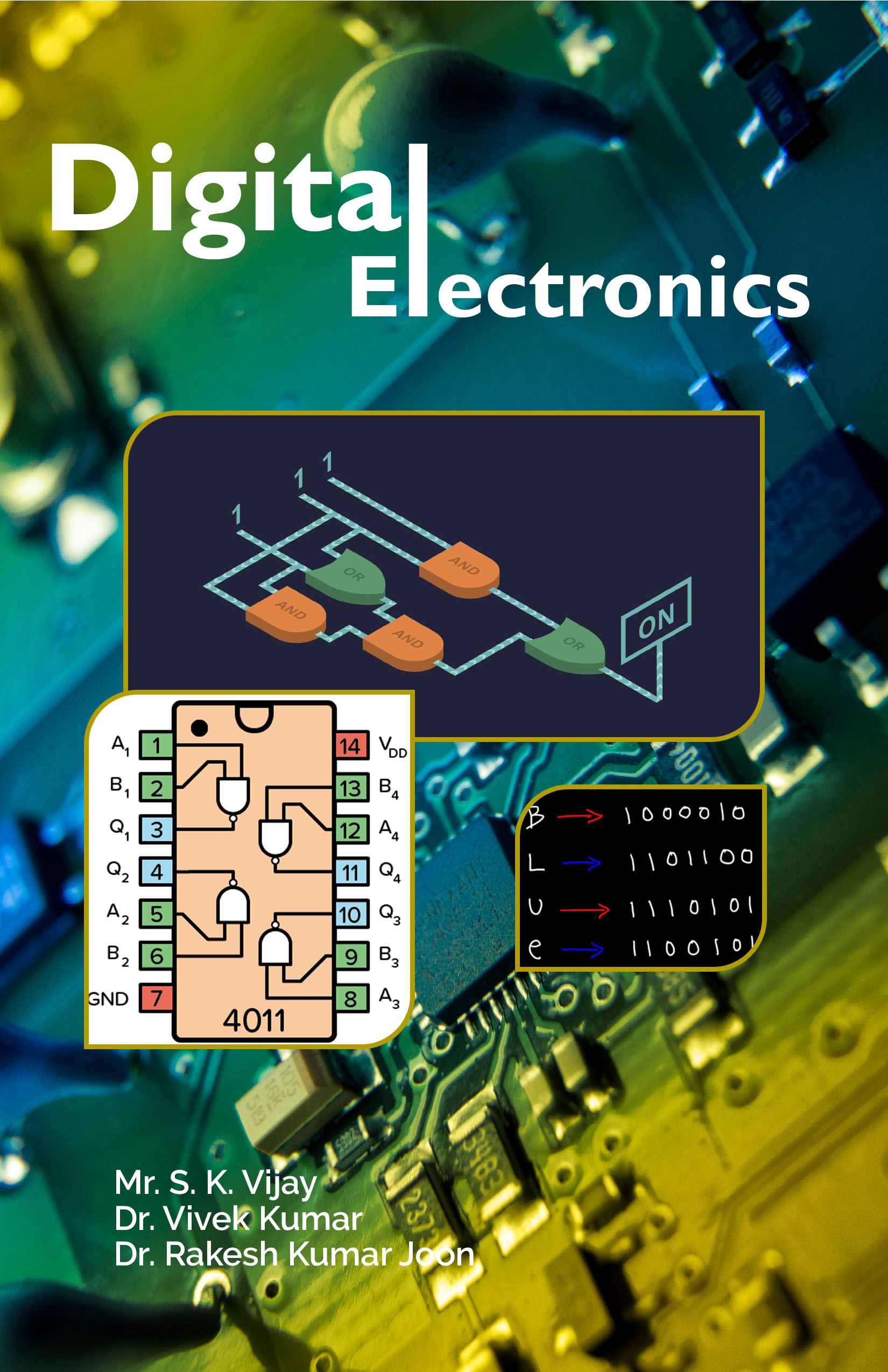

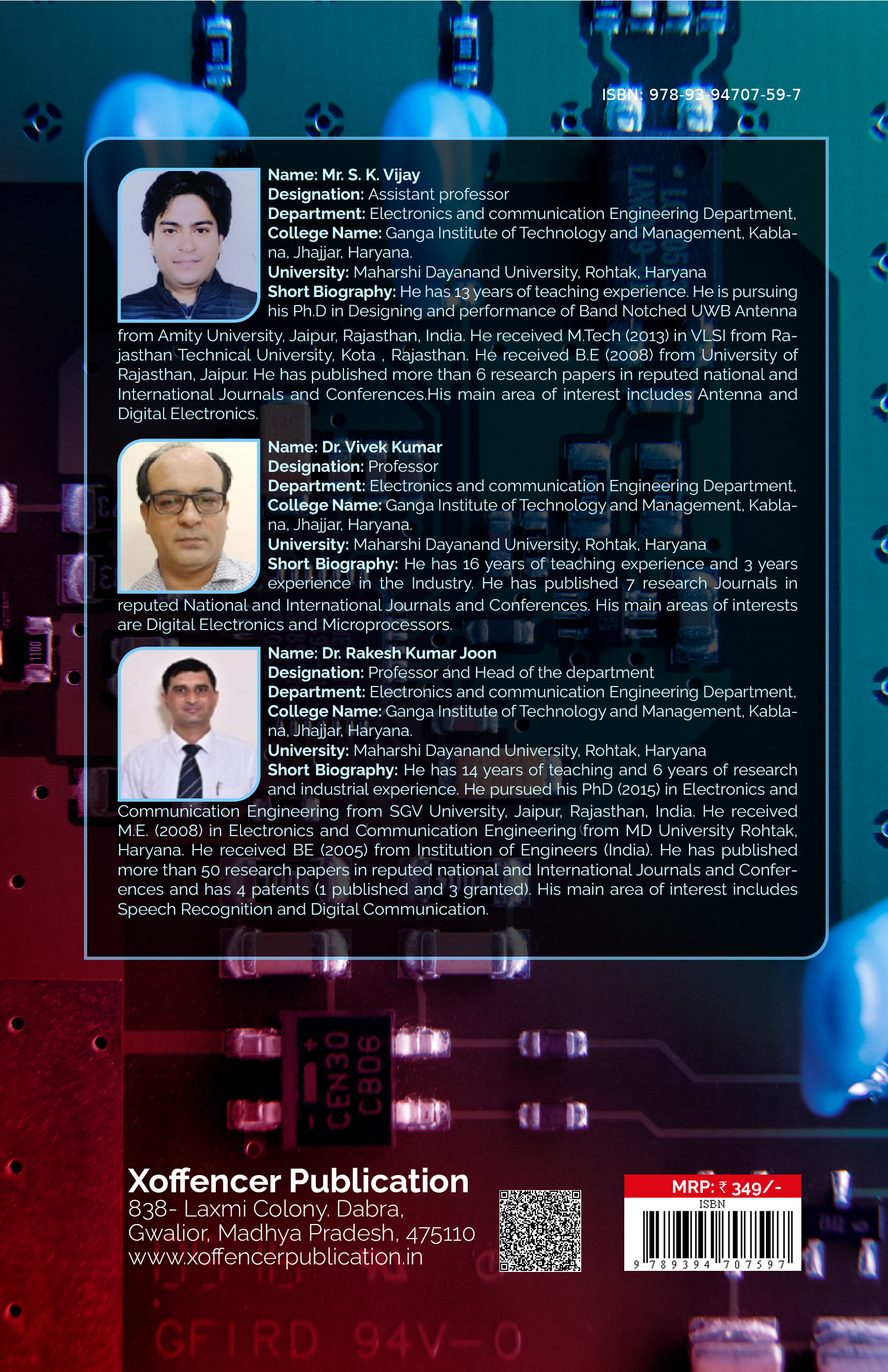
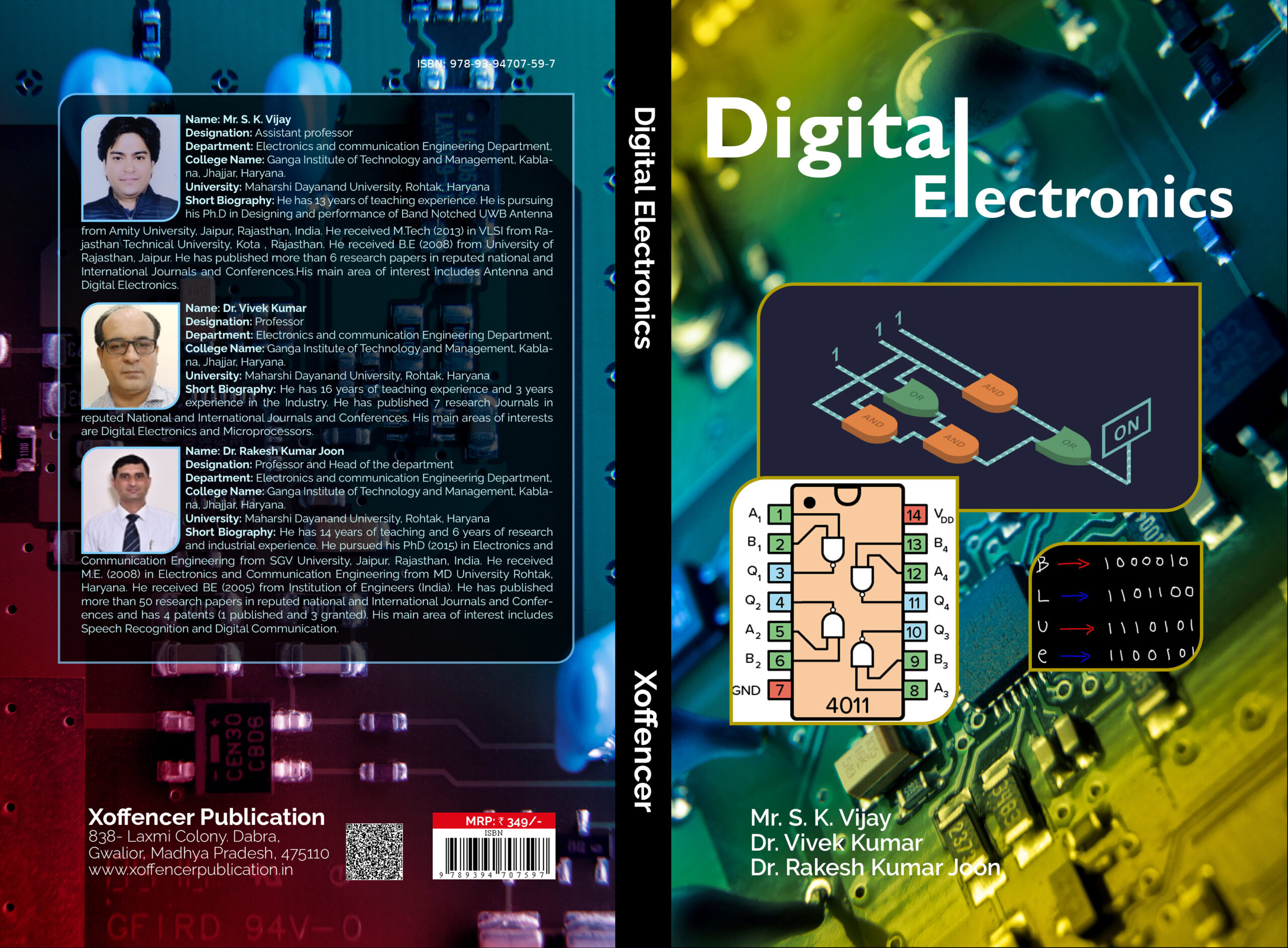


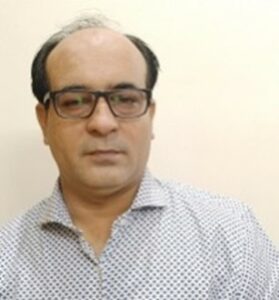
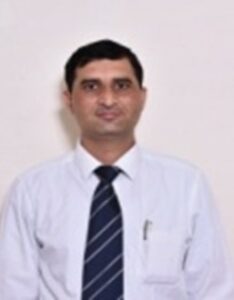




Reviews
There are no reviews yet.